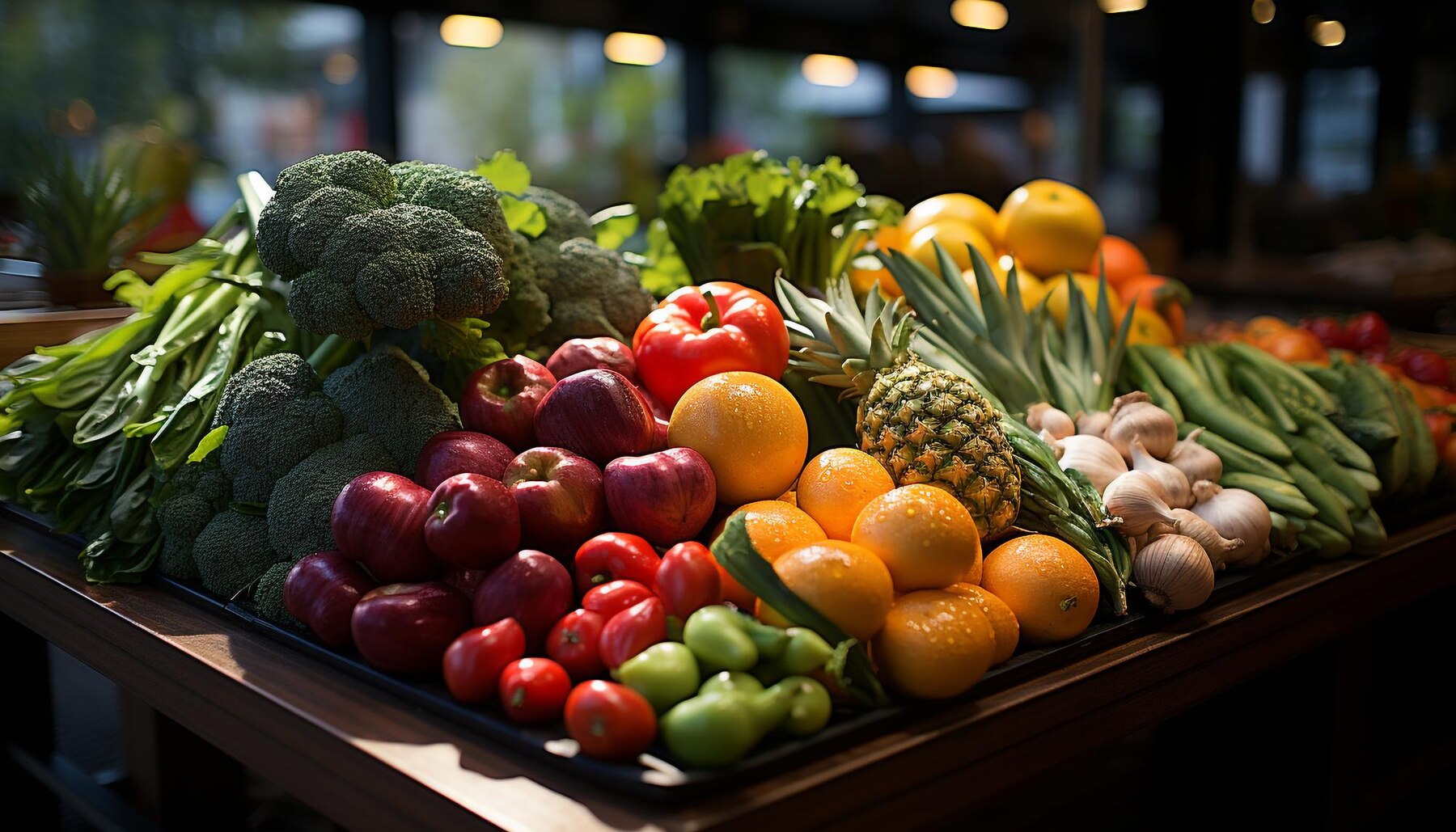Fruits and vegetables are both essential components of a healthy diet, but they differ in botanical classification and nutritional composition. Fruits typically contain seeds and develop from the ovary of a flowering plant, while vegetables encompass other edible parts of plants, offering diverse vitamins, minerals, and fibers crucial for overall health.
Difference between Fruits and Vegetables
Fruits and vegetables are both integral parts of a balanced diet, each offering unique nutritional benefits and flavors. While they are often used interchangeably in everyday conversation, they have distinct characteristics that set them apart.
Botanical Classification:
One of the primary differences between fruits and vegetables lies in their botanical classification. Fruits are the mature ovaries of flowering plants and contain seeds. They develop from the fertilized ovary of a flower and are formed after the flower is pollinated. Examples of fruits include apples, oranges, berries, tomatoes, and cucumbers. In contrast, vegetables encompass other edible parts of plants, such as roots (carrots, potatoes), stems (celery, asparagus), leaves (spinach, lettuce), and even flower buds (broccoli, cauliflower). From a botanical standpoint, any edible part of a plant that is not a fruit is considered a vegetable.
Nutritional Composition:
Fruits and vegetables also differ in their nutritional composition. While both are rich sources of essential vitamins, minerals, fiber, and antioxidants, they vary in the specific nutrients they provide. Fruits tend to be higher in natural sugars, particularly fructose, which gives them their characteristic sweet or tart flavor. They are also typically lower in calories and carbohydrates compared to starchy vegetables like potatoes or corn. However, fruits are packed with important nutrients such as vitamin C, vitamin A, potassium, and dietary fiber. These nutrients support various bodily functions, including immune function, vision health, and digestion.
Vegetables, on the other hand, offer a wider range of flavors, including bitter, savory, and earthy notes. They are lower in natural sugars and higher in fiber, making them an excellent choice for promoting satiety and supporting digestive health. Additionally, vegetables are rich sources of vitamins and minerals, with different types of vegetables providing unique nutrient profiles. Dark leafy greens like spinach and kale are abundant in vitamin K and iron, root vegetables like carrots and sweet potatoes are high in beta-carotene and vitamin C, and cruciferous vegetables like broccoli and Brussels sprouts are rich in antioxidants and phytonutrients.
Culinary Usage:
Another distinction between fruits and vegetables lies in their culinary usage. Fruits are often consumed raw or used in sweet dishes such as desserts, smoothies, and fruit salads. They can also be juiced or dried to preserve their flavor and nutritional content. Some fruits, like tomatoes and avocados, are used in savory dishes despite their sweet taste. In contrast, vegetables are more commonly cooked or eaten as savory dishes, either as standalone sides or incorporated into main courses. They can be steamed, roasted, sautéed, or grilled to enhance their flavor and texture. Vegetables are also used in soups, stews, stir-fries, and casseroles to add depth and nutrition to meals.
Conclusion difference between Fruits and Vegetables
In summary, while fruits and vegetables share many similarities as nutritious plant-based foods, they have distinct characteristics that differentiate them. Fruits develop from the ovary of flowering plants and contain seeds, while vegetables encompass other edible parts of plants. Nutritionally, fruits are higher in natural sugars and lower in calories compared to vegetables, but both provide essential vitamins, minerals, fiber, and antioxidants. Understanding the differences between fruits and vegetables can help individuals make informed choices and create balanced, flavorful meals that support overall health and well-being.
Learn More About Calories in Fruits



